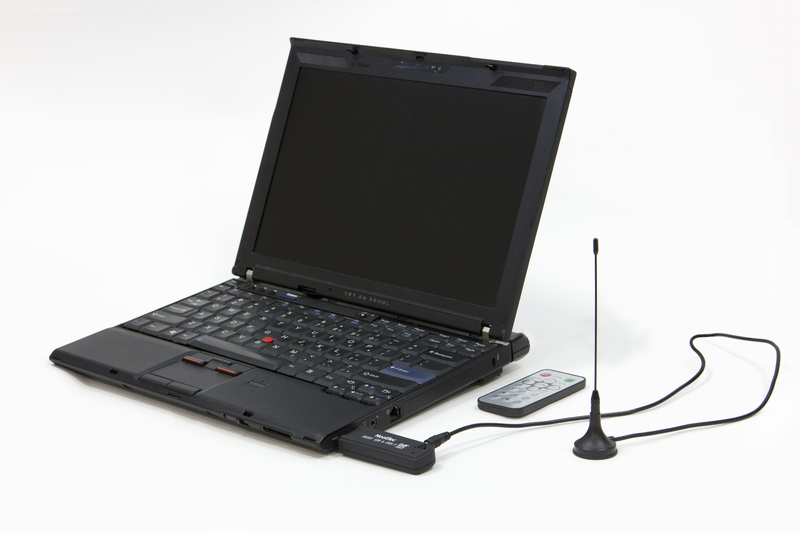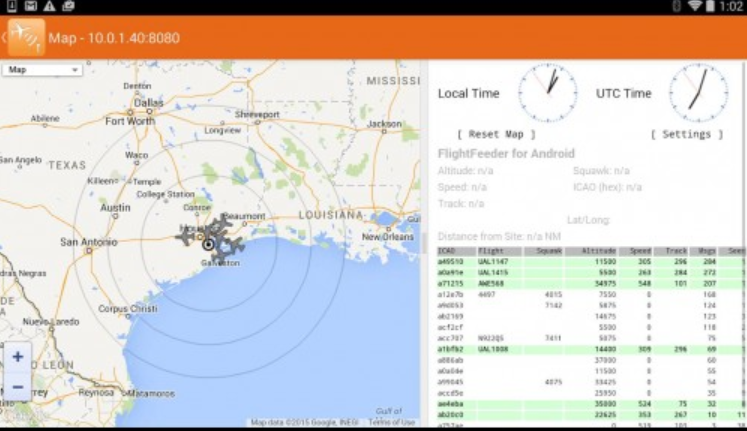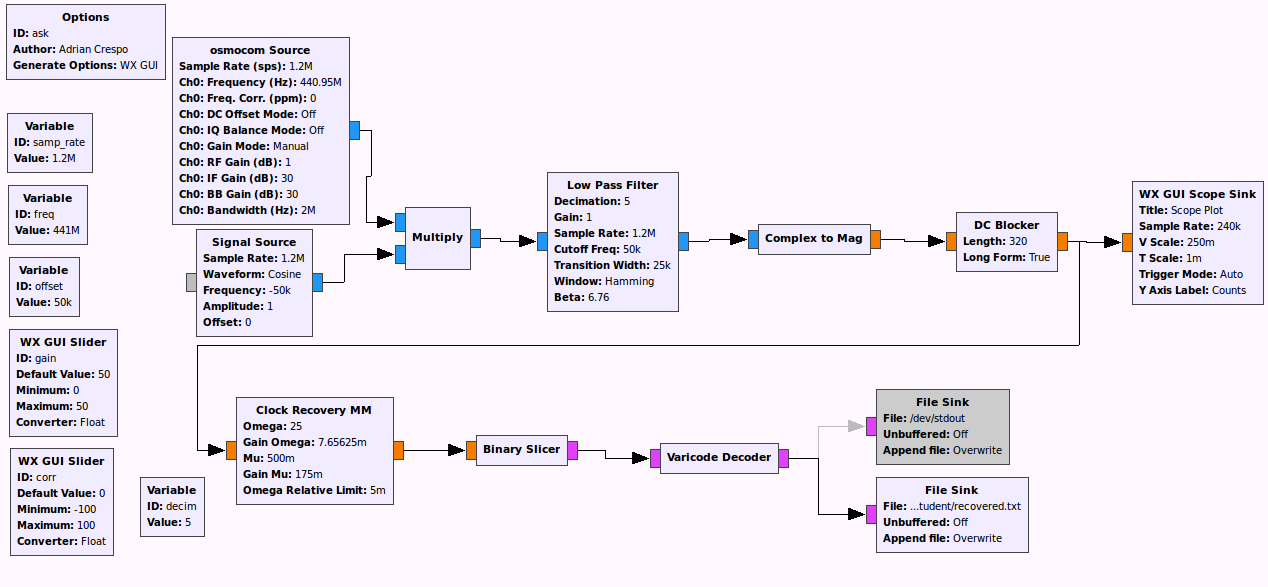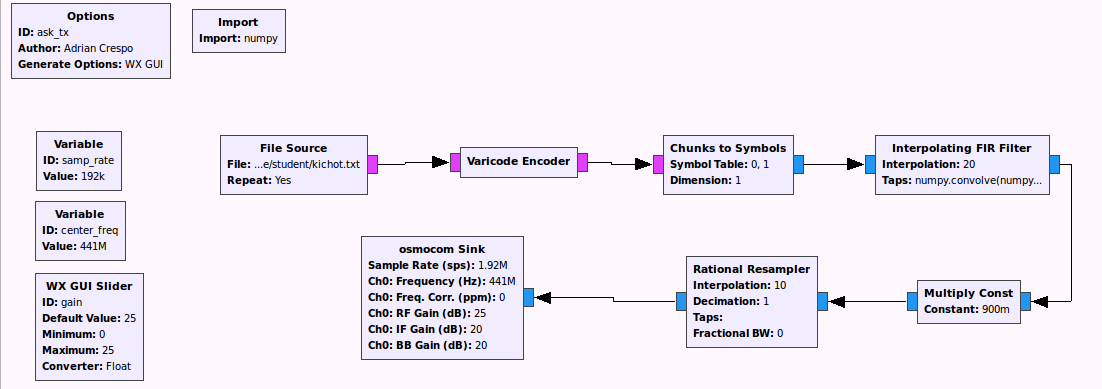Digital transmission and reception techniques with Software Defined Radio
Adrian Crespo
Nr. albumu:
901521

LODZ UNIVERSITY OF TECHNOLOGY
Faculty of Electrical, Electronic,
Computer and Control Engineering
Supervisor: dr inż. Łukasz Januszkiewicz
Goals
1
- Transmission and reception techniques.
- Basic concepts of signals and systems: sample ratio, frequency allocation, noise filtering, window functions, filter design, clock recovery, codification...
- To test and measure the effect of different parameters and characteristics to real cases-
- To be familiar with some basic circuits.
Software Defined Radio
Software-defined radio (SDR) is a communication system => components that have been typically implemented in hardware are implemented by software.
2
Advantages
- Fast way to develop new radio protocols.
- Flexible since it can be used with universal software device.
- Changes would be made using software and not relying on hardware.
3
Disadvantages
- Higher power consumption than ASIC.
- More millions of instructions per second.
- Relies on the computer’s processor speed.
The receiver
Figure 1. Quadrature sampler detector

4
How does SDR works


Figure 1. Superheterodyne receiver
Figure 2. SDR receiver
5
Some applications (1)
- Radio Astronomy
Properties of the Sun and the galactic plane in continuum and spectral modes - Air Traffic Control techniques
- Automatic Identification System,
- Mode Select of the aviation transponder interrogation modes
6
Some applications (1)
7

Figure 3. Tracking flights with Android (source: rtl-sdr.com)
Some applications (2)
- GSM Networks
- Implement GSM networks with OsmoBTS or OpenBTS
- Connect to GSM networks: VoIP (Asterix)
- Processing satellite images
- QPSK Modulation: Meteor-M2 LRPT images
- NOAA satellites
8
What did I use? (1)
Table 1. Different DVB tuners
| RTL-SDR Tuner | Frequency Range |
|---|---|
| Elonics E4000 (E4K) | 54 - 2200 MHz |
| Rafael Micro R820T | 24 - 1766 MHz |
| Rafael Micro R820T2 | 24 - 1766 MHz |
| Fitipower FC0013 | 22 - 1100 MHz |
| Fitipower FC0012 | 22 - 948 MHz |
| FCI FC2580 | 146 - 308 MHz and 438 - 924 MHz |
9
What did I use? (2)
Table 2. Main properties of the HackRF
| HackRF | |
|---|---|
| Radio Spectrum | 30 MHz – 6 GHz |
| Bandwidth | 20 MHz |
| Duplex | Half |
| Sample Size (ADC/DAC) | 8 bit |
| Sample Rate (ADC/DAC) | 20 Msps |
| Interface | USB 2 HS (480 megabit) |
10
New Linux Distribution
Figure 4. - ZTRadio

11
ZTRadio
Free Software
Ubuntu + LXDE: LXDE requires less RAM memory and less usage of CPU to work.
Around 1.2 GBytes.
Ubuntu is not any under license, but its components are mostly under GNU General Public License.
12
Different options
- Live USB: not bad if it is USB 3.0 (up to 5 Gigabit per second) > USB 2.0 (up to 480 megabit per second).
- Up to 4096 megabytes of persistence.
- Can be installed directly in a computer.
- Virtual Machine: not good performance.
13
Exercises
- Exercise 1 - INTRODUCTION TO PYTHON
- Exercise 2 - USING GNU RADIO COMPANION
- Exercise 3 - USING PYTHON FOR GNU RADIO
- Exercise 4 - OUT-OF-TREE MODULE
- Exercise 5 - FM RECEPTION
- Exercise 6 - ASK TRANSMISSION AND RECEPTION
14
ASK Receiver
15
Figure 5. - ASK Receiver
ASK Transmitter
16
Figure 6. - ASK Transmitter
Conclusions
Support the content of other subjects:
- Signal and Systems,
- Signal Processing
- Modulation and Coding, and Wireless Communications.
Help to understand the basics of digital transmission and reception techniques.
It may encourage the students to research and go deeper in the subject.
17
References
- Bob Stewart, K. B. (2015). Software Defined Radio using Matlab & Simulink and the RTL-SDR.
- Charles E. Craig, J. (2014, 11 21). Desktop Environments for Linux.
- Harris, F. J. (2004). Multirate Signal Processing for Communication
- Killian, T. (2013, August 7). SDR Showdown: HackRF vs. bladeRF vs. USRP
- Tretter, S. A. (2003). Communication System Design Using DSP Algorithms.
18
Przekaz cyfrowy i techniki odbioru za pomocą Software Defined RadioDigital transmission and reception techniques with Software Defined Radio
By firefoxos
Przekaz cyfrowy i techniki odbioru za pomocą Software Defined RadioDigital transmission and reception techniques with Software Defined Radio
- 914




